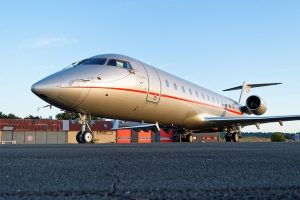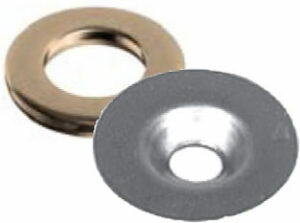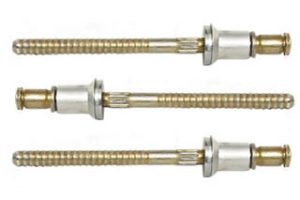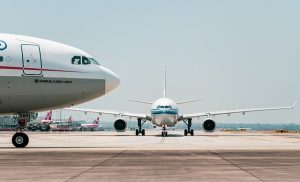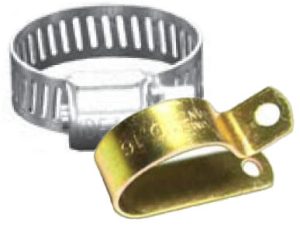
Modern airplanes are no longer limited to aluminum airframes. While many of them do, in fact, contain some aluminum in their respective airframe, many airplanes now feature a composite airframe.
The Boeing 787 features a composite airframe. According to the official Boeing website, the 787 contains more composite in its airframe — as well as the rest of its primary structure — than all other Boeing airplanes. Roughly half of the 787’s total weight is attributed to its composite construction.
What Is Composite?
The term “composite” refers to a lightweight, man-made material consisting of constituent materials. Constituent materials are polarizing materials with different properties. When mixed together, they create a new material with its own unique properties. Composite materials are made of multiple constituent materials, such as carbon and plastic.
Benefits of Composite Airframes
Considering that aluminum is a readily available material that has traditionally been used to make airframes, you might be wondering why major commercial airliners like the 787 feature a composite airframe. The main benefit of using a composite airframe is the weight. Composites weigh less than most traditional aiframe materials, including aluminum.
Boeing says that the composite airframe used in the 787 offers a weight savings of about 20% compared to aluminum airframes.
Thanks to their lightweight properties, composite airframes promote efficiency. Airplanes with a composite airframe like the 787 are more fuel efficient than their counterparts with a traditional airframe. This allows for cost-savings benefits. Commercial airlines can save money on fuel costs by choosing airplanes with a composite airframe.
The 787’s airframe is made mostly of composite, but it still contains traditional materials in its construction. According to Boeing, 14% of the 787’s airframe is made of titanium.
Not Limited to Aiframes
Composites aren’t limited to airframes. Other structural parts of airplanes are often made of composite materials. The wings, for instance, may be composite. Many airplanes feature composite wings. The tail assembly of an airplane may be made of composite materials as well.
Whether it’s the airframe, wings or tail, composite materials are all lightweight. But don’t let their lightweight properties fool you into thinking they are weak. Composite materials like carbon-reinforced plastic are incredibly strong. They can withstand the harsh environments of high-altitude flights without failing.
In Conclusion
Composites don’t consist of a single material. While there are different types of composites, they all contain multiple constituent materials. These materials are mixed together and used in the construction of airframes as well as other parts of an airplane’s body.
- SEO Powered Content & PR Distribution. Get Amplified Today.
- Platoblockchain. Web3 Metaverse Intelligence. Knowledge Amplified. Access Here.
- Source: https://monroeaerospace.com/blog/the-rise-of-composite-airframes/
- :is
- a
- About
- According
- Airlines
- Airplane
- Airplanes
- All
- allows
- and
- ARE
- AS
- Assembly
- available
- BE
- benefit
- benefits
- body
- Boeing
- by
- CAN
- carbon
- choosing
- commercial
- compared
- Consisting
- constituent
- construction
- contains
- Costs
- create
- different
- Dont
- efficiency
- efficient
- environments
- Feature
- Features
- Flights
- For
- Fuel
- Half
- HTML
- HTTPS
- in
- Including
- incredibly
- instance
- IT
- ITS
- jpg
- lightweight
- like
- Limited
- longer
- made
- Main
- major
- make
- many
- material
- materials
- max-width
- might
- mixed
- money
- more
- most
- multiple
- New
- of
- Offers
- on
- Other
- own
- parts
- plastic
- plato
- Plato Data Intelligence
- PlatoData
- primary
- promote
- properties
- refers
- respective
- REST
- Rise
- roughly
- Save
- Savings
- says
- single
- some
- Still
- strong
- structural
- structure
- such
- that
- The
- their
- Them
- These
- Thinking
- Titanium
- to
- together
- Total
- traditional
- traditionally
- types
- unique
- weigh
- weight
- WELL
- while
- with
- without
- wondering
- zephyrnet

